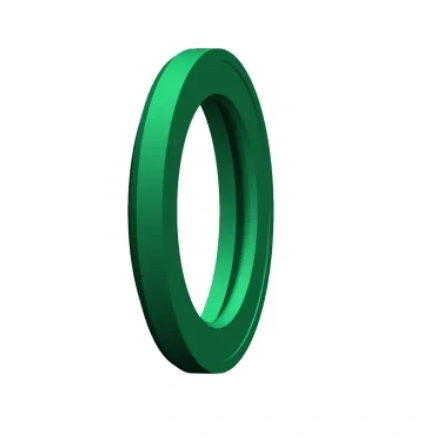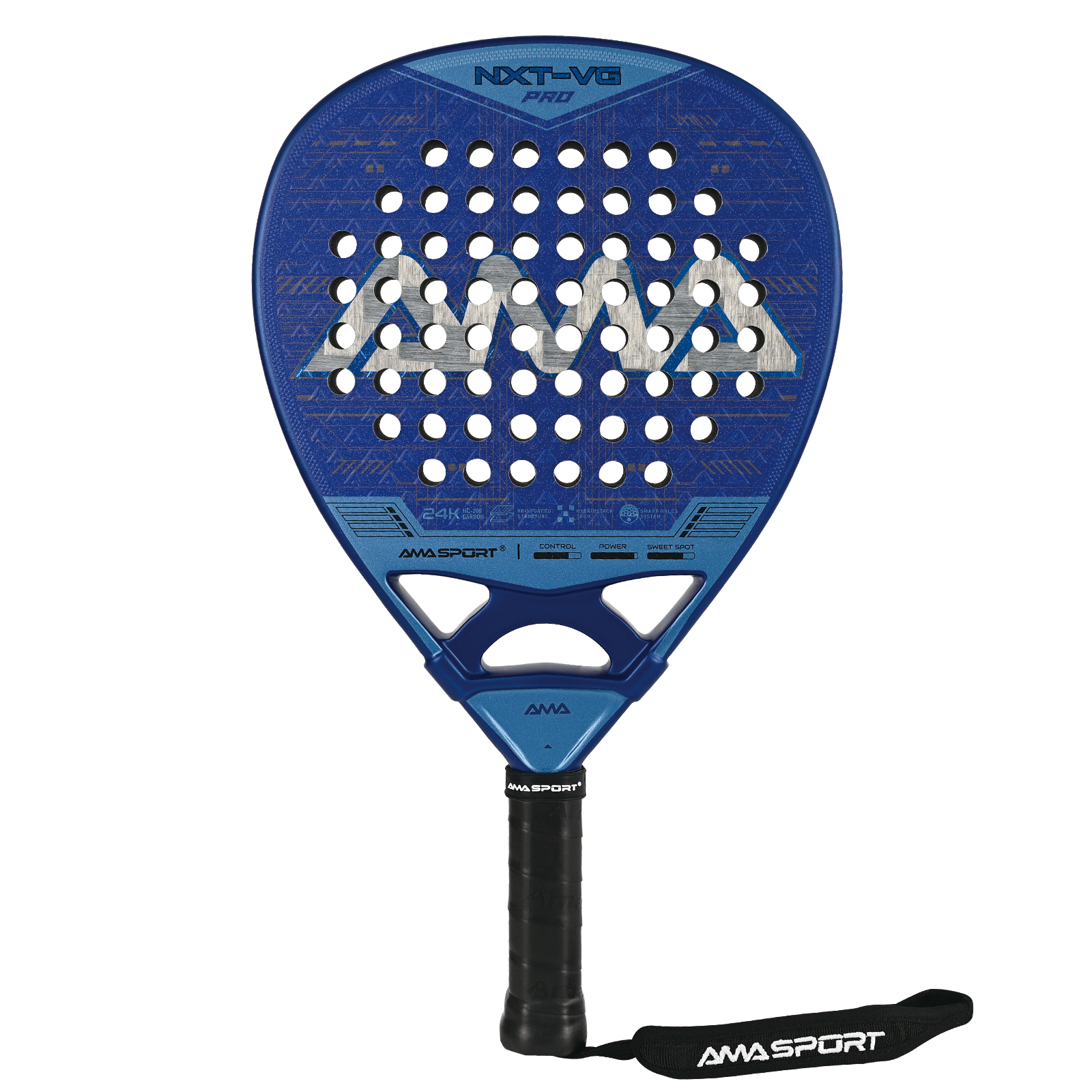Industrial operations often expose valves to highly demanding conditions, including high pressure, frequent opening and closing cycles, abrasive particles, and chemically aggressive media. These harsh environments pose significant challenges to the performance and longevity of traditional metal valve components. To address these challenges, high wear resistant urethane valve inserts have emerged as a superior solution, offering both enhanced operational performance and extended service life. Guangzhou WDF-Seals Technology Co., Ltd., leveraging decades of R&D and proprietary material formulations, provides advanced urethane valve inserts that deliver consistent performance even under extreme industrial conditions.
Enhancing Valve Performance with Urethane Inserts
High wear resistant urethane valve inserts improve valve performance by combining mechanical resilience, chemical resistance, and superior sealing capabilities. Unlike traditional metal or rubber inserts, these urethane components are engineered to withstand the unique stresses of industrial environments.
1. Optimized Sealing Efficiency
Urethane's elastic properties ensure consistent contact between the valve insert and the valve seat, maintaining a tight seal across a range of pressures. This high contact pressure reduces leakage and ensures stable flow control, even during rapid opening and closing cycles.
2. Shock and Impact Absorption
Frequent valve actuation generates significant mechanical stress. Urethane's elasticity allows it to absorb shock loads effectively, preventing metal fatigue or cracking of valve components. This energy dissipation extends the operational integrity of the valve assembly.
3. High-Frequency Response
Valves operating in high-cycle environments benefit from urethane's ability to retain shape and elasticity over repeated actuation. This stability ensures precise operation without performance degradation over time.
4. Chemical Resistance and Environmental Adaptability
Industrial fluids often contain corrosive substances such as hydrochloric acid, alkalis, or suspended particulate matter. Urethane valve inserts demonstrate excellent resistance to chemical attack, hydrolysis, and abrasive wear, maintaining functional integrity even in aggressive media.
Extending Valve Lifespan
The use of high wear resistant urethane inserts directly contributes to extending the lifespan of industrial valves. The following mechanisms explain how:
1. Reduced Wear and Abrasion
Urethane is inherently wear-resistant, particularly in environments with particulate-laden fluids. By minimizing the erosion of critical surfaces, urethane inserts maintain effective sealing and mechanical performance over prolonged periods.
2. Structural Stability Under Pressure Fluctuations
Urethane valve inserts retain dimensional stability under fluctuating pressures, preventing deformation that could compromise sealing and alignment. This resilience is critical for maintaining long-term operational reliability.
3. Maintenance Interval Extension
Long-lasting urethane inserts reduce the frequency of valve maintenance and replacement cycles. This not only improves uptime but also lowers labor and material costs over the life of the valve.
4. Economic Efficiency
While the initial investment in high-quality urethane inserts may be higher than traditional materials, the reduction in downtime, extended service life, and improved system reliability result in significant long-term cost savings.
Performance in Extreme Industrial Environments
Urethane valve inserts are designed to excel across a variety of industrial sectors:
-
Oil and Gas Industry: Effective against sand-laden flows and high-pressure environments, maintaining sealing integrity under abrasive conditions.
-
Chemical Processing: Resistant to strong acids, bases, and solvents, enabling use in aggressive chemical media without performance loss.
-
Mining and Mineral Processing: Withstands abrasive slurry and high-wear conditions common in mining operations.
-
Water Treatment and Industrial Fluid Systems: Provides consistent sealing and pressure control in systems exposed to chemical additives and particulate matter.
By selecting urethane valve inserts specifically engineered for these conditions, industrial operators can achieve both high performance and extended component life.
Systematic Usage and Maintenance Strategies
To maximize the benefits of urethane valve inserts, proper installation, operation, and monitoring are essential.
1. Precision Installation
Correct sizing and alignment of the urethane insert with the valve body ensure uniform load distribution, enhancing both sealing and durability.
2. Optimized Operation
Controlling valve actuation speed and cycle frequency prevents excessive mechanical stress, further preserving the insert’s integrity.
3. Monitoring and Diagnostics
Industrial operators should implement vibration analysis, pressure monitoring, and visual inspections to track valve insert performance. These proactive measures enable early detection of wear, preventing unexpected failures.
4. Scheduled Maintenance
Even with highly durable urethane inserts, periodic inspection and replacement based on operational cycles or wear indicators ensure continued optimal performance.
Comparative Advantages and Economic Impact
| Feature | Traditional Metal Valve Insert | High Wear Resistant Urethane Insert |
|---|---|---|
| Abrasive Wear Resistance | Moderate | High |
| Chemical Resistance | Limited | Excellent |
| Shock Absorption | Low | High |
| Seal Integrity under High-Frequency Actuation | Moderate | Maintained |
| Maintenance Frequency | High | Reduced |
| Operational Downtime | Higher | Lower |
The adoption of urethane inserts not only improves operational reliability but also reduces total cost of ownership. Extended service life and reduced maintenance result in significant cost savings and higher industrial productivity.
FAQ: Practical Considerations
Q1: How many actuation cycles can urethane valve inserts endure?
A1: Depending on operating conditions, high-quality urethane inserts can sustain tens of thousands of cycles while maintaining performance.
Q2: Are urethane inserts suitable for extreme temperature environments?
A2: Yes, specialized urethane formulations maintain structural and chemical stability across a wide temperature range.
Q3: How to determine when a urethane valve insert needs replacement?
A3: Signs include increased leakage, noticeable wear, or changes in pressure response. Scheduled inspections based on operational cycles are recommended.
Q4: Can urethane inserts handle high-pressure and high-impact applications?
A4: Absolutely. Urethane’s resilience and energy absorption properties make it ideal for high-pressure and rapid actuation scenarios.
Q5: Are urethane valve inserts compatible with all valve types?
A5: They are compatible with most industrial valves but require proper sizing and engineering assessment for optimal performance.
Conclusion
High wear resistant urethane valve inserts represent a transformative solution for industrial valves operating in harsh environments. By delivering superior sealing efficiency, chemical resistance, and mechanical resilience, they maximize valve performance and significantly extend service life. Proper installation, operation, and maintenance further enhance their benefits, offering industrial operators reduced downtime, lower maintenance costs, and enhanced system reliability. As industrial processes continue to demand higher performance and durability, urethane valve inserts from WDF-Seals provide a reliable and cost-effective path to achieving these goals.
www.wdfseals.com
Guangzhou WDF-Seals Technology Co., Ltd.




